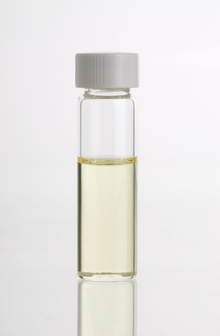Complete Guide to Essential Oils/A to Z of essential oils/Lavender

- Lavender (Lavandula angustifolia)
Lavender is a very useful and popular essential oil. It comes from the flower tops of Lavandula angustifolia (Lavandula officinalis) plants and is extracted by steam distillation. It has a flowery scent and a balancing effect on the body and mind.
Properties
[edit | edit source]
Circulatory
[edit | edit source]May lower blood pressure and reduce fluid retention.
Digestive
[edit | edit source]Relieves indigestion, nausea, vomiting and flatulence. Soothes colic.
Emotional
[edit | edit source]Soothes stress, anxiety and depression. Helps calm panic and hysteria. Alleviates insomnia.
Gynecological
[edit | edit source]Regulates the menstrual cycle. Eases symptoms of premenstrual syndrome.
Immunological
[edit | edit source]Helps fight throat infections.
Pain
[edit | edit source]Alleviates arthritis, rheumatism, headaches and migraine. Soothes muscle pain. Helps fight stress for shingles
Respiratory
[edit | edit source]Relieves asthma, bronchitis, laryngitis, catarrh and symptoms of a cold.
Skin
[edit | edit source]Improves acne, psoriasis, eczema, dandruff, oily skin and athlete's foot. Promotes healing of abscesses, minor wounds, sunburn and burns. It can be applied neat to the skin and is very effective on minor burns.
Other uses
[edit | edit source]Repels insects.
Caution
[edit | edit source]- Don't use lavender oil during the early stages of pregnancy.
Blending
[edit | edit source]Lavender can be combined with clary sage, frankincense, geranium, cedarwood, pine, nutmeg and citrus oils.